The electric successor to the Lotus Elise – due to go on sale in 2027 at around £75,000 – will be an “essential” part of the Lotus line-up, according to company bosses.
Codenamed Type 135, the new two-seat sports car will replace the Emira, the firm’s final combustion-engined car.
The new BEV will be developed and built in Hethel, Norfolk, and will be the fourth and final model of Lotus’s Vision80 project, following the Eletre large SUV, Emeya saloon and forthcoming Type 134 D-segment SUV.
Mike Johnstone, the Lotus Group’s chief commercial officer, told Autocar that meeting the Type 135's target price was “key”.
He said: “It’s something that’s not a big step on from where we are at the moment, but we recognised that there’s going to be a lot of new technology. That’s an engineering challenge: it’s where we need to get to in the market. So our teams will need to work fastidiously to make sure we can get the price to that level.”
While the Type 135 will be a relatively small-volume car (Lotus is aiming for annual sales of 10,000-15,000, compared with 50,000 for the Eletre and 90,000 for the Type 134), Johnstone said it's still a crucial model for the brand.
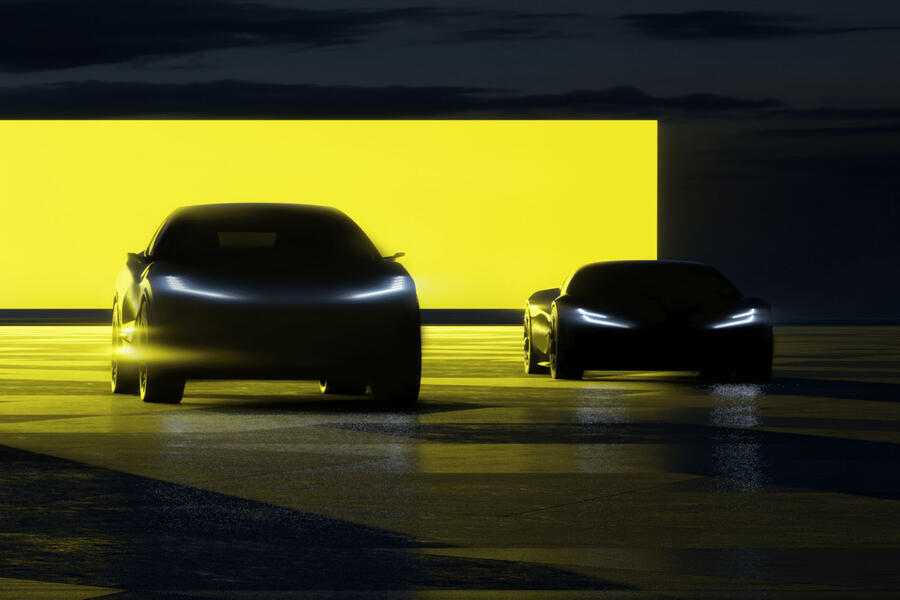
“We call it the bullseye,” he said. “At the very centre [of the brand] always has to be that lightweight sports car. That gives you the credibility to build other products that have sporty characteristics.
"We’re not naive enough to say that the Eletre is going to feel like an Elise. It won’t. But it has a lightweight feeling, and we think it’s the best-handling SUV you can drive.

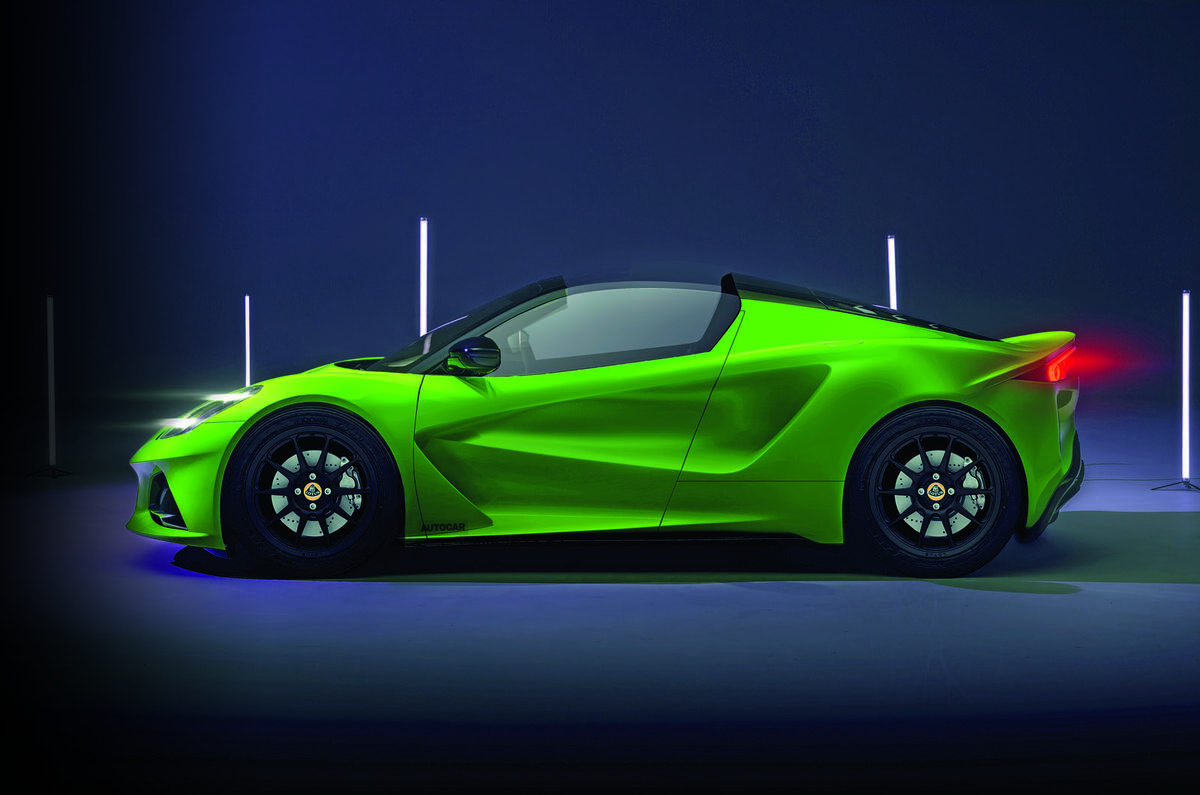

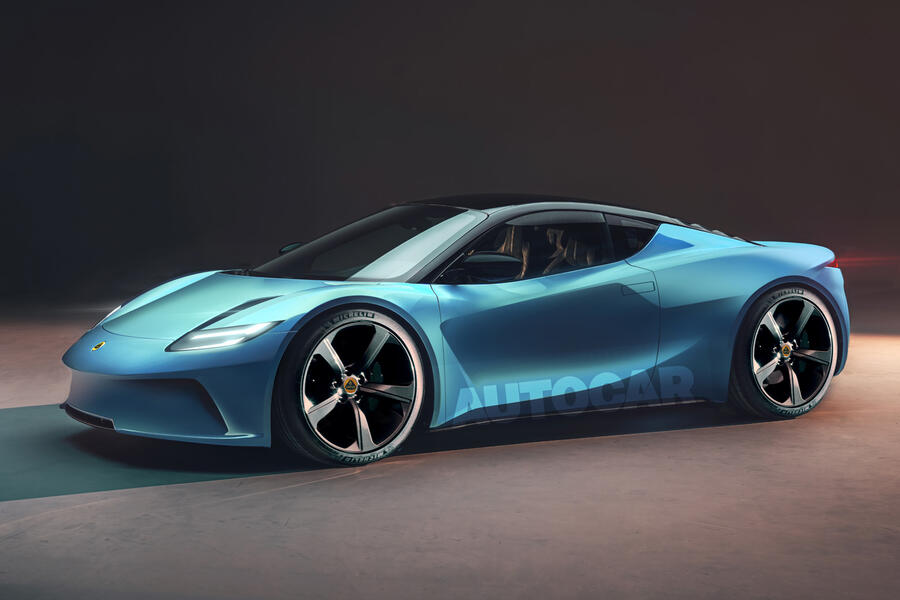
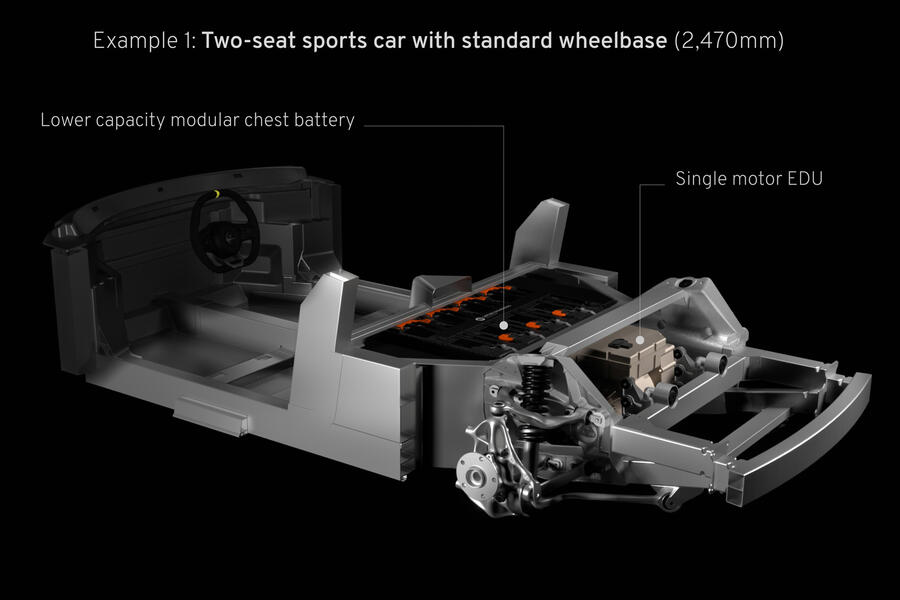
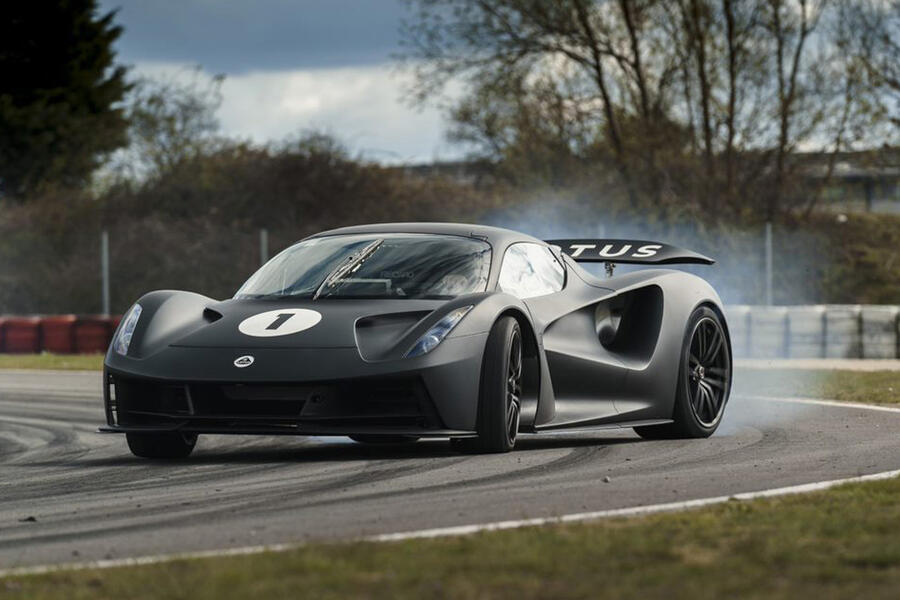






Join the debate
Add your comment
The similarly priced Caterham Project V has a more balanced formula for a lightweight two seater - target weight of 1,190kg, 200kW motor and 55kWh battery for a ~250 mile WLTP range. As battery energy densities improve, weight should reduce even further. Why on earth would anyone want autonomous driving in a small Lotus sports car?!
There are a few misconceptions in the comments. An Emira V6 First Edition manual is just over £90k on the road, the four-pot a bit less. The "standard" (ie not First Edition) models have been promised since launch but the date from which you can order them has been pushed back several times and, when (and if) the order books do open, the price will be significantly more than that suggested at launch (as, indeed, the First Edition has been subject to two or three price rises since the order books opened). There's still a significant waiting time for First Edition Emiras (which, I suspect, is one reason why orders still haven't opened for the standard spec cars). I ordered a V6 manual First Edition in March 2023, at which time Lotus said the wait was 60 weeks but the dealer thought more like 18 months; my most recent update from Lotus gave a build date of Quarter1 of 2024, but I'm not holding my breath.
The Emira is, strictly speaking, a successor to the Evora - but a huge leap forward in terms perceived (and, hopefully, actual) quality and design. Put the two side by side and jump from one to the other and they feel like they're from different eras. I regard it more as a spiritual successor to the Esprit.
For heavens sake halve the size of the battery to knock off 250kg and £25k - at least as an entry level option. Nobody wants an Elise that weighs 1.5 tonnes, nobody needs an Elise that has 300 miles range, and nobody will buy an Elise that costs £75k.